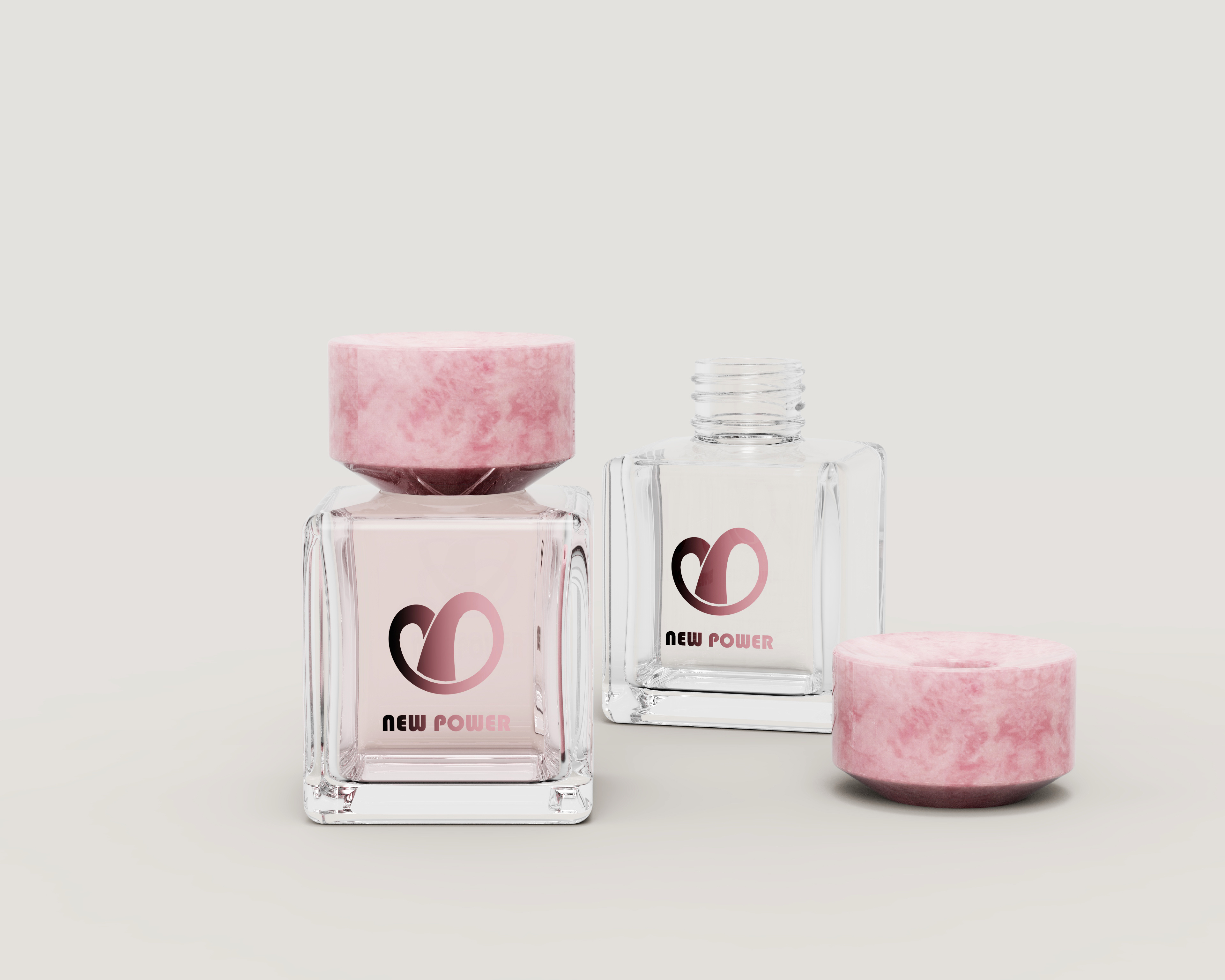Globalization Popularization and Specialized Classification System of Perfume Industry
Time:
2025-06-24
Globalization Popularization and Specialized Classification System of Perfume Industry
I. The Globalization Popularization Process of Perfume
(1) Historical and Cultural Dimension
Perfume can be traced back to the Mesopotamian civilization in 3000 B.C. Ancient Egyptians combined spices with religious ceremonies. During the Renaissance, Venice became the center of the European spice trade, and in the 17th century, Grasse, France, established the foundation of the modern perfume industry. Commercialized production after World War II transformed perfume from an aristocratic exclusive to a mass consumer product.
(2) Contemporary market data
The global perfume market reached $45 billion in 2024, with a stable annual growth rate of 5.2%. Europe occupies 38% market share, and Asia-Pacific region has the fastest growth rate (annual growth rate of 8.7%). The share of e-commerce channels exceeds 25%, and Generation Z has become the main force of emerging consumption.
(3) Social and cultural factors
Growth in demand for personal image management
Strengthening the function of emotional memory carrier
Trend of blurring gender boundaries
Infiltration of sustainable consumption concept
Second, the professional classification system of perfume
(1) According to the concentration level division
Type Essential Oil Content Duration Typical Product Parfum (Parfum) 20-30% 8-12 hours Hermes 24 Faubourg Eau de Toilette (EDP) 15-20% 6-8 hours Chanel No. 5 Eau de Toilette (EDT) 5-15% 4-6 hours Dior Sauvage Cologne (EDC) 2-5% 2-4 hours 4711 Original Cologne
(2) Categorized by fragrance structure
Top-middle-bottom note theory:
Citrus notes (top notes): Oolong Cabernet Sauvignon Orange Light
Floral notes (middle note): Zumarone English pear and freesia
Woody notes (aftertaste): Tom Ford Ebony Incense
(3) Breakdown by Functional Scene
Business Occasion: Bulgari Darjeeling Tea
Dating scene: YSL black opium
Sports & Leisure: CK one
Sleep aid: This Works Deep Sleep Aid Spray
Emerging Market Trends
Rise of niche perfume: Byredo, Le Labo and other brands with an annual growth rate of more than 20%
Customized service: perfume workshop + AI perfume blending system
Environmental innovation: bio-based ethanol, biodegradable packaging applications
Cultural crossover: Forbidden City cultural perfume, British Museum co-branded series
Table: Consumer Purchase Motivation Survey 2024
Motivation Type Percentage Representative Crowd Self-expression 42% Millennials Emotion Regulation 28% Urban White Collar Social Etiquette 19% Business People Collecting Hobbies 11% Perfume Enthusiasts
Conclusion
The perfume industry is undergoing a transition from luxury goods to necessities, and the classification system continues to be refined in line with consumer demand. In the next five years, technological innovation and cultural integration will reshape the industry, and emerging markets such as China are expected to give birth to world-class perfume brands.





